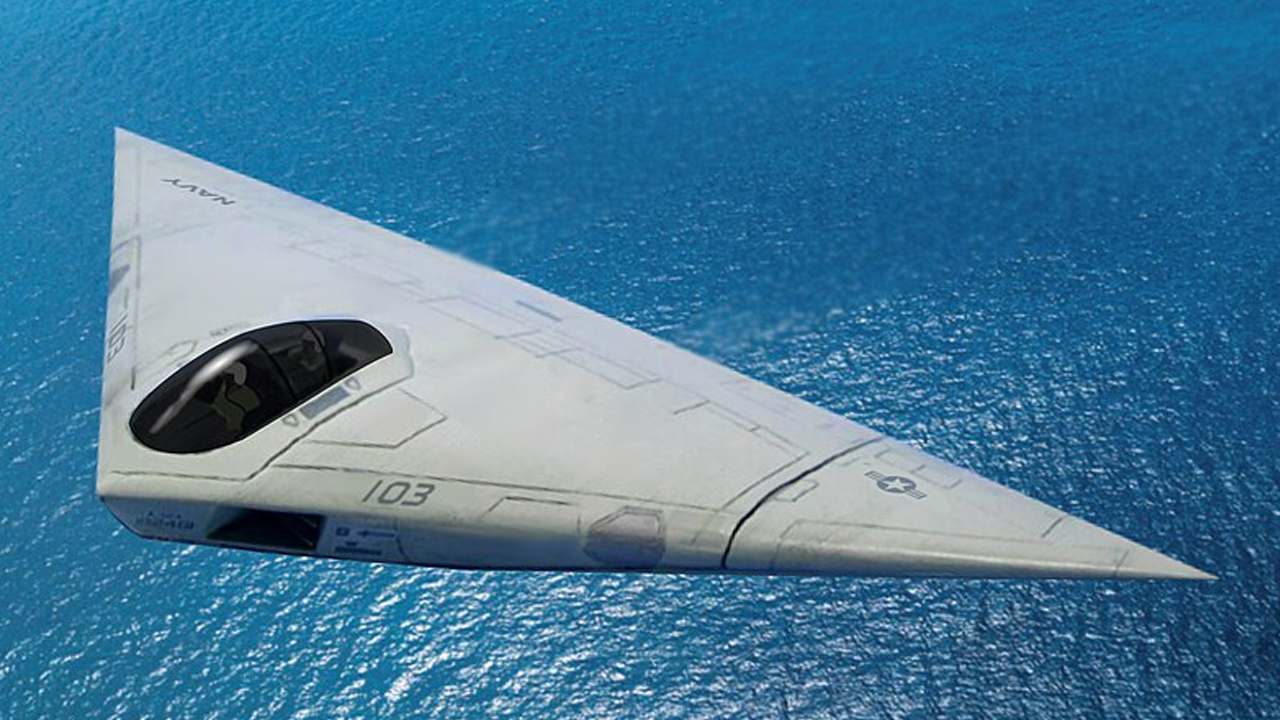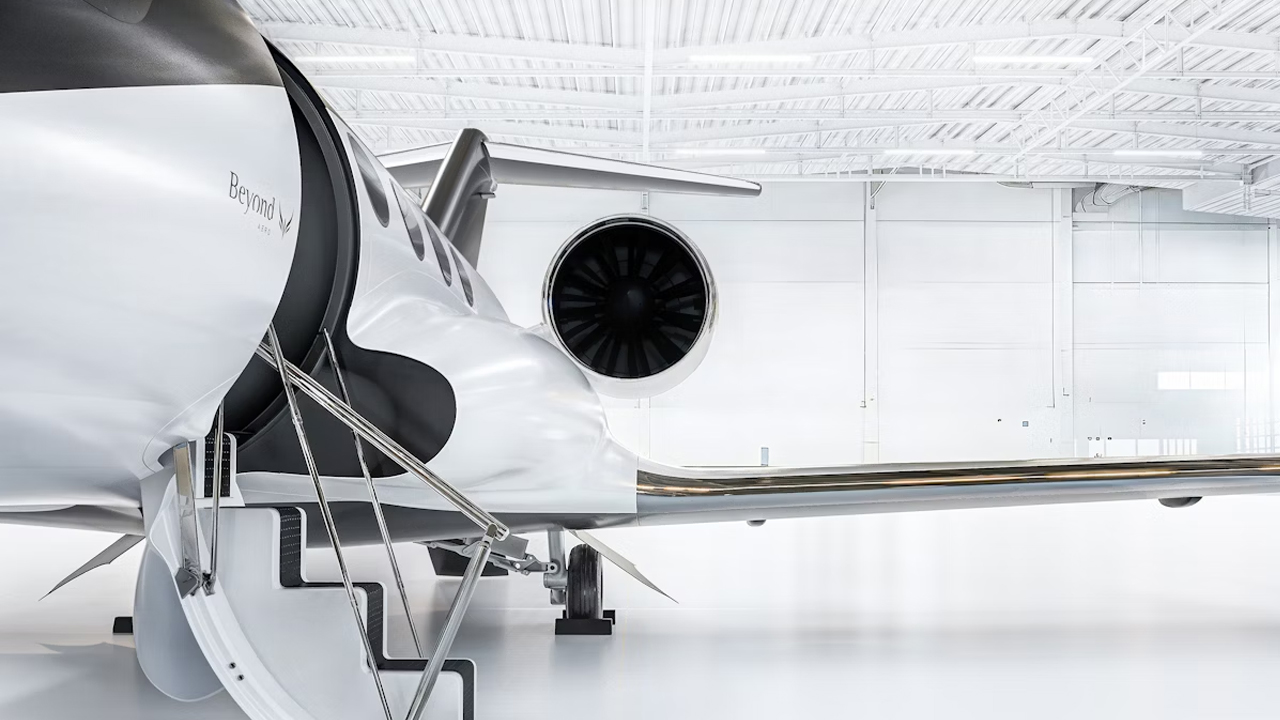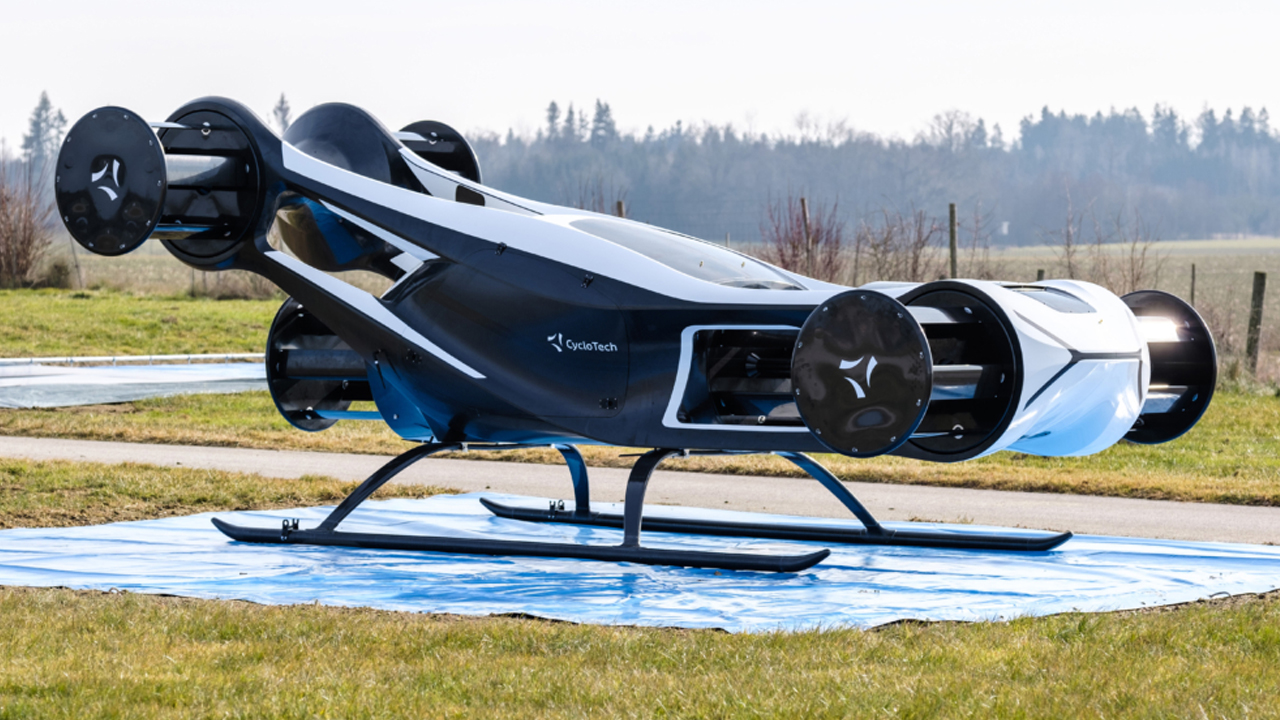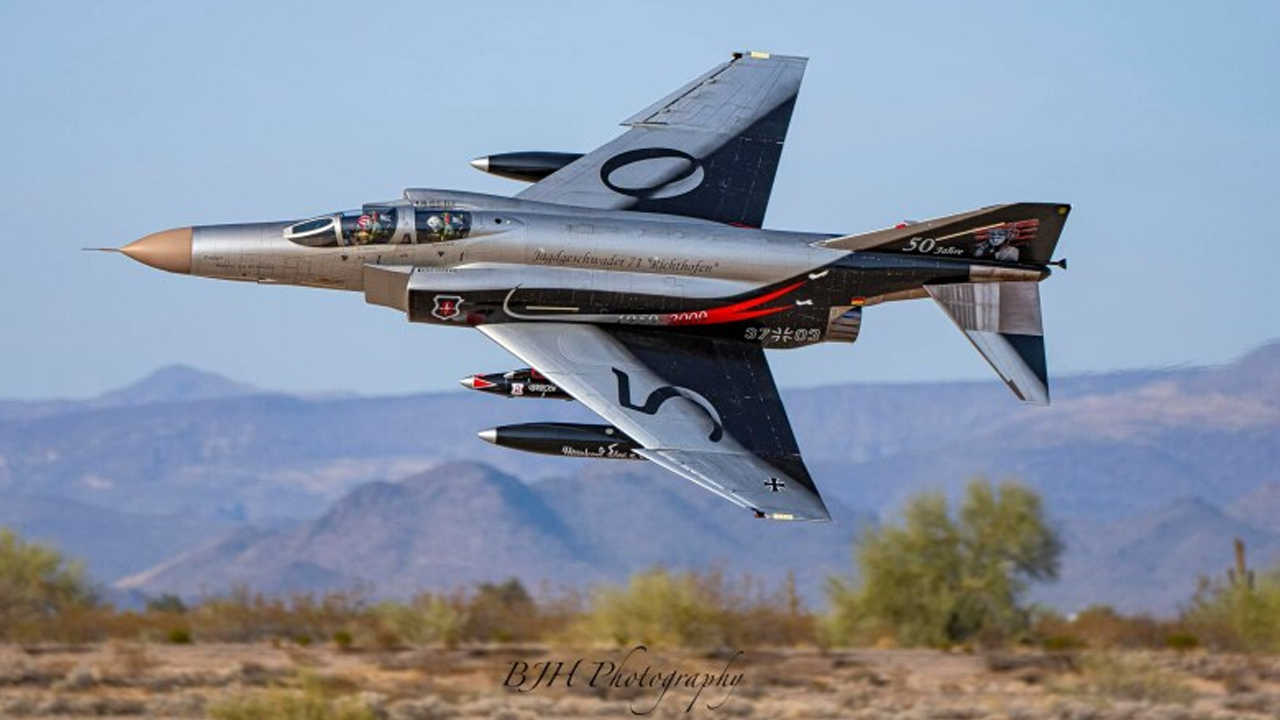The A-12 Avenger II was supposed to be the Navy’s next-generation stealth bomber. With its sharp triangle shape and radar-evading design, it looked like something out of the future. But behind the sleek concept was a project sinking fast—buried in delays, cost overruns, and technical failures. What followed wasn’t just a canceled aircraft, but a collapse that helped bring down one of America’s biggest aerospace firms.
A Shape That Promised the Future
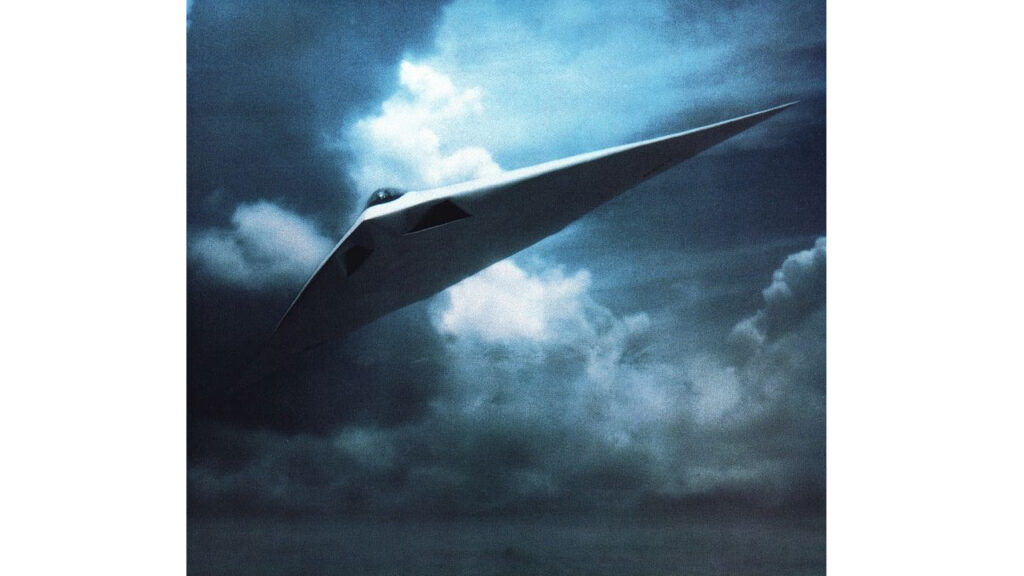
The A-12 was designed as a flying wing for stealth, with a flat triangular shape that earned it the nickname “Flying Dorito.” It was built to replace the A-6 Intruder and operate from aircraft carriers while avoiding enemy radar. That kind of stealth wasn’t easy to pull off in the late ‘80s, especially with a design this unusual.
Early on, engineers ran into major problems. The aircraft was heavier than expected, and its composite materials and radar-absorbent coating created manufacturing headaches. From the start, the A-12 was struggling to meet expectations, even before cost became the headline issue.
Too Expensive to Succeed
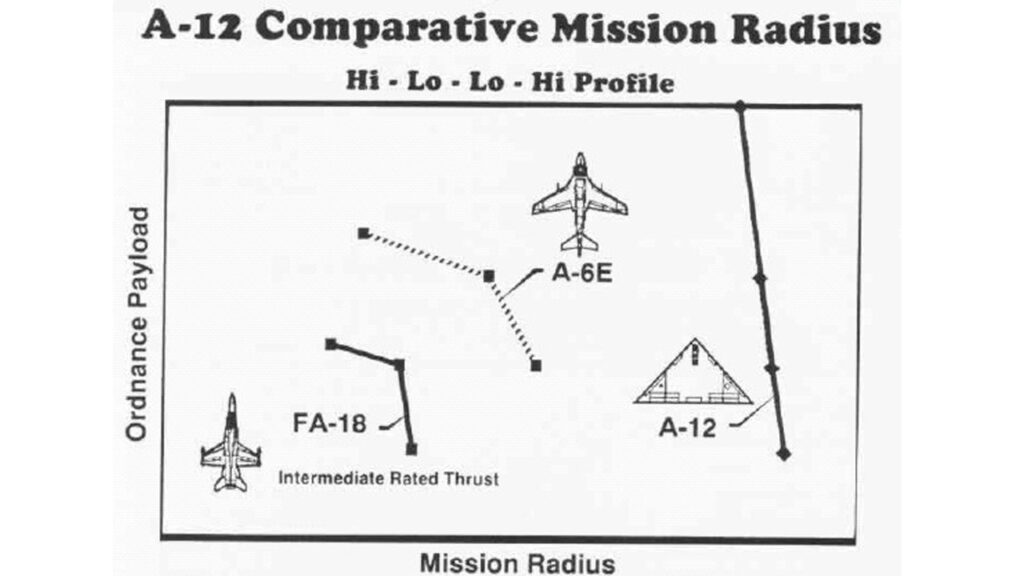
The project’s price ballooned fast. At one point, each aircraft was projected to cost over $165 million. Technical delays, software issues, and missed deadlines only made things worse. Congress began pressing for answers, and the Defense Department wasn’t getting what it needed from the contractors.
In 1991, Defense Secretary Dick Cheney officially canceled the program. He cited a lack of transparency and spiraling costs as the reason. It became one of the largest contract terminations in U.S. defense history—and a turning point in how the Pentagon handled high-risk projects.
The Fallout Was Brutal
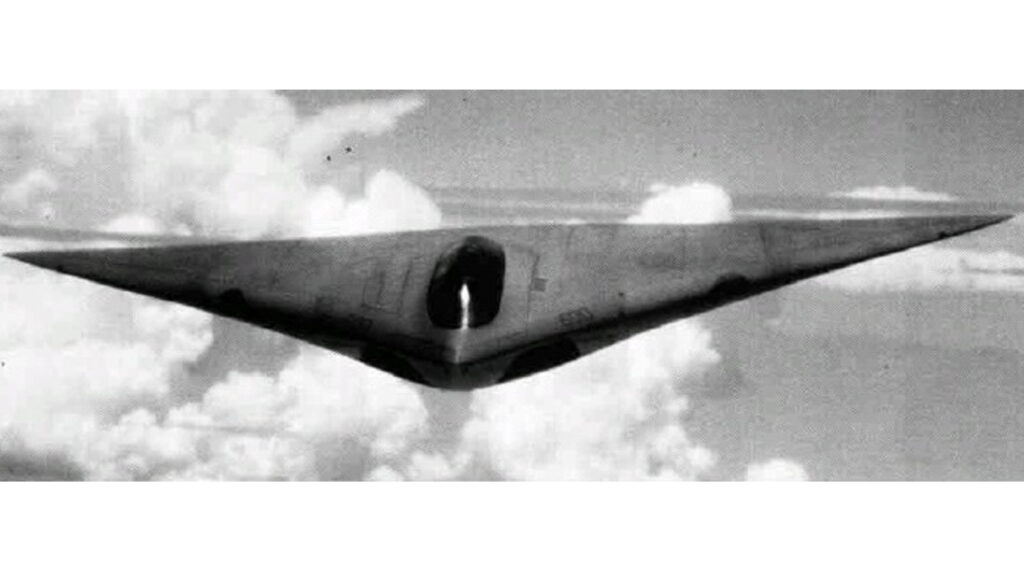
The cancellation triggered a legal battle between the U.S. government and the contractors—McDonnell Douglas and General Dynamics. The feds claimed breach of contract. The companies pushed back, saying they had followed the government’s lead. The lawsuit dragged on for more than two decades, eventually ending with a $400 million settlement.
For McDonnell Douglas, the damage was deeper. The company never financially recovered. In 1997, it was absorbed by Boeing, ending its legacy as an independent aerospace giant. A single failed project didn’t just sink a plane—it helped sink a whole company.
How It Changed Military Projects Forever

The A-12 left a long shadow. After its collapse, the Pentagon demanded more oversight, realistic budgets, and better accountability. It reshaped how future programs were run. The military became more cautious, with projects like the F-35 and F/A-18 Super Hornet managed under tighter controls.
Though it never flew, the A-12 changed military aviation behind the scenes. It showed that big ideas need even bigger follow-through—and that without it, even billion-dollar dreams can crash and burn. The Avenger II remains one of the costliest defense failures in history, but its impact is still felt in how the U.S. handles military spending and aerospace innovation today.


